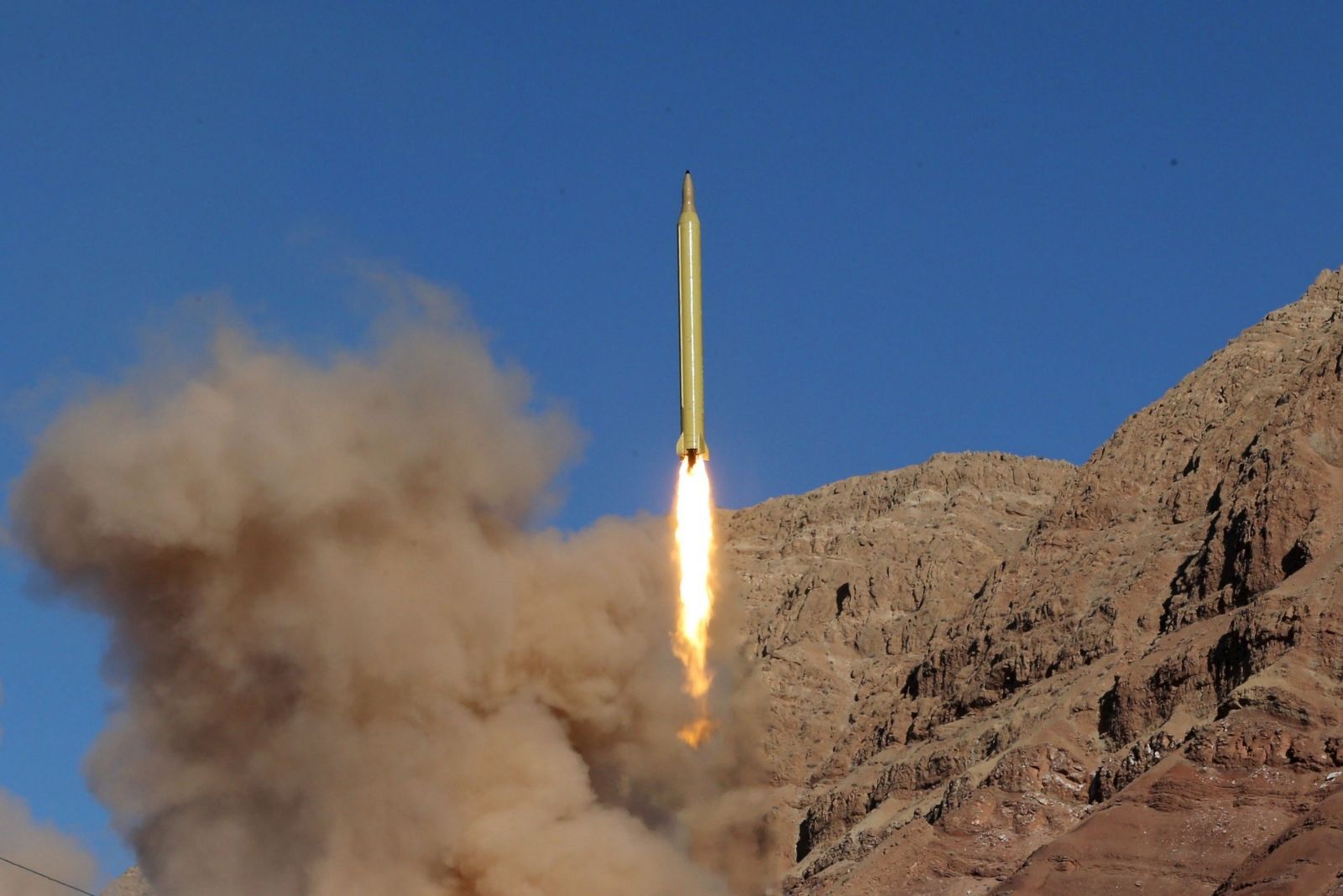US Department of Defense, WASHINGTON: Defense Secretary Robert M. Gates said today he refuses to accept that improvised explosive devices are an uncontrollable challenge, and he urged private industry members today to produce Mine Resistant Ambush Protected vehicles, known as MRAPs, quickly and in greater numbers to counter this threat.
“We absolutely are not accepting (IED attacks) as a challenge that can’t be defeated,” Gates said during a Pentagon news conference with Marine Gen. Peter Pace, chairman of the Joints Chiefs of Staff, at his side.
The secretary said he was briefed this week on how quickly MRAP vehicles, which have been proven effective in withstanding IED explosions, can be pushed into the field. “The need for them is greatest right now,” he said.
Though they are not “fail-safe” against detonations, Gates said, he is particularly interested in the MRAP model that can safely guard against explosively formed projectiles — shaped charges designed to pierce armored vehicles.
“These large IEDs can destroy an Abrams tank,” he said. “So there is no sure-fire guarantee that anything will provide absolute protection against these. But I think the experience of the Marines in Anbar suggests that the MRAP, and particularly with the V-shaped hull, does provide significantly enhanced protection for the soldiers and Marines inside.”
Gates estimated that it will take several months for a “significant flow” of MRAPs — many hundreds per month — to reach service-members in combat.
“The companies that have been awarded the contracts are ramping up their production capabilites,” he said. “I am pressing them very hard to see where they can cut the time scale as well as increase their production.”
Currently, it takes 30 days to outfit MRAP vehicles with the necessary communications equipment and 30 more days to ship them by sea to troops in waiting, Gates said.
“I basically said that I didn’t think that was acceptable,” said Gates, who told reporters that industry officials have cut down the amount of post-production time by about a week.
“They are working hard to figure out how to cut it further,” he said. “They are under great deal of pressure from me.”
The Defense Department seeks to help accelerate MRAP production, Gates said, by helping manufacturers acquire specialty steels or axles, or break through other obstacles hindering rapid progress.
To cut timelines for the much-needed vehicle, the secretary urged those involved in producing MRAPs to “look outside the normal bureaucratic way of doing things.” For example, the Defense Department is flying some vehicles into the field, he said.
“This is really not so much about industry having to change fundamentally the way they do business, it is simply finding ways to produce more of these vehicles faster,” he said. “My effort is to try and incentivize people, both in this building and outside of this building, to see how fast they can ramp up the production, and I am confident that people are working hard on that and realize what the stakes are.”
“Lives are at stake,” he said. “For every month we delay, scores of young Americans are going to die.”
Also this week, Gates said retired Army Gen. Montgomery Meigs, head of the Joint Improvised Explosive Device Defeat Organization, briefed him on the U.S. military’s progress in countering the bombing attacks.
“We have found that what is very helpful in locating these IEDs is establishing personal relationships in the neighborhoods and in the areas, and where local inhabitants have looked to the coalition for support and for protection,” he said.
Thanks to help from local residents in Iraq’s Anbar province, Gates said, coalition forces have uncovered 70 percent of “implanted” IEDs. He said these figures are significantly higher than in areas where troops lack support from local citizens.
Gates called coalition forces’ discovery of IED caches, bomb-making materials and armaments, “one of the successes of the (troop) surge.”
But IEDs are beginning to appear in Afghanistan, he said. “This is not a problem, I think, that’s going to be confined to Iraq, so I think we need to keep working on it and find ways to protect our soldiers and Marines,” Gates said.
IEDs are the enemies’ weapon of choice, Pace said. “It is an asymmetric weapon, for sure,” he said. “We are very precise in our application of combat power; they are random. They don’t care who gets killed.
“We’re going after an entire network from where the ammunition comes from, through the leadership of the network, the delivery systems, the warehouses where they’re made, how they’re being implanted,” Pace said. “There’s been an enormous effort over the last couple of years, and it will continue to be a focused effort for us.”
Taiwan detects 37 Chinese aircraft near island
Taiwan said it detected 37 Chinese fighter jets, drones and other aircraft near the self-ruled island on Sunday as Beijing...









